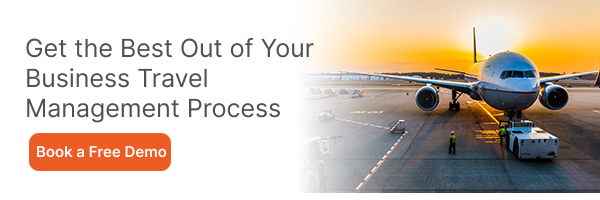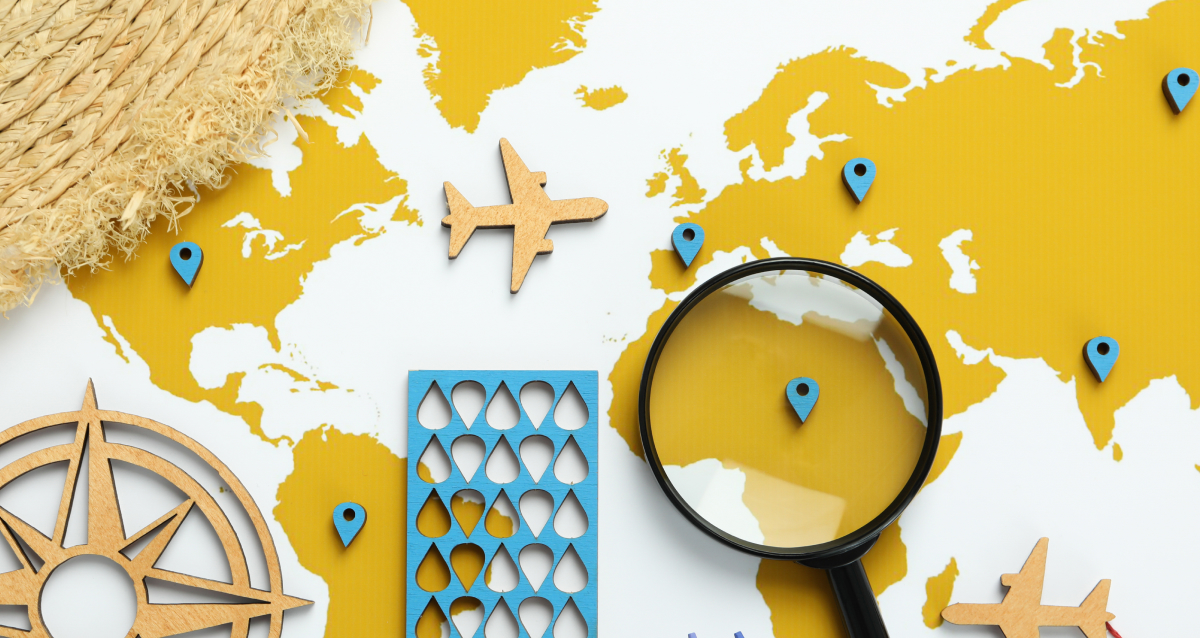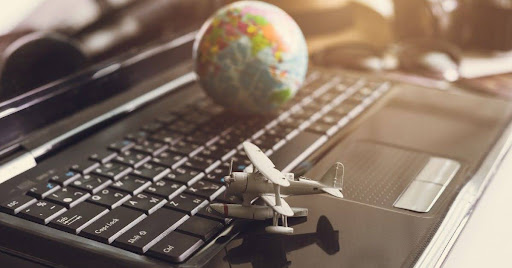
Technology has become indispensable for travel management. From booking flights to tracking expenses, many businesses rely on digital tools and platforms. The travel manager’s to do list help streamline travel processes and ensure smooth experiences for employees. Technology simplifies the booking process. It allows travel managers to quickly search, compare, and book flights, hotels, and transportation options. It reduces the risk of errors associated with manual booking methods.
Additionally, digital platforms provide access to a wide range of travel options. This gives travel managers the flexibility to tailor travel plans. They can meet the specific needs and preferences of their employees. These new solutions and features add to travel manager’s task list.
Tasks on Travel Manager’s To Do List
Here are some task list:
1. Technology Infrastructure Maintenance:
This holds first place in the travel manager’s to do list. Maintaining technology infrastructure is very important for travel management systems. These include booking sites and expense software. Regular updates and maintenance checks keep the infrastructure secure. They also keep it efficient and working with the latest software versions.
Neglecting maintenance can cause system failures. This leads to security issues and compatibility problems. It disrupts travel management processes. Proactive monitoring helps identify potential vulnerabilities before major problems happen.
Timely software patches fix these vulnerabilities. Infrastructure maintenance also involves backing up data. This prevents data loss if systems crash or get hacked. Proper maintenance practices cut downtime and disruptions.
New features often get introduced in travel solutions. The travel manager’s task list will use latest advancements. They can improve their travel operations.
2. Data Security and Compliance
Data security and compliance are crucial aspects of travel management. They involve protecting sensitive travel data. This means employees should comply with data protection policies.
An important part of a travel manager’s to do list is to safeguard employee information. These measures include encryption, access controls, and regular security audits.
Compliance with regulations like GDPR or CCPA is essential. It protects the privacy rights of individuals. It requires adherence to specific guidelines. These guidelines are for the collection, storage, and processing of personal data.
GDPR is a data privacy law in the EU, while CCPA is a similar law in California.
3. Travel Technology Evaluation
Travel solutions are constantly evolving. This is driven by technological advancements and changing traveler needs. Evaluating new solutions is an evergree element of travel manager’s to do list.
Staying up-to-date with the latest travel technologies can help organizations. It streamlines processes and eases corporate travel management.
One area of evolution is the rise of mobile travel apps. These apps offer convenient booking, check-in, and real-time updates on the go. Additionally, artificial intelligence and machine learning are being integrated into travel platforms. They enable personalized recommendations and predictive analytics for smarter travel planning.
Furthermore, the adoption of cloud-based solutions is transforming the way travel data is stored and accessed. It is improving collaboration and data security. Innovative technologies like biometrics and contactless check-in are also reshaping the travel experience. They are prioritizing convenience and safety.
As new solutions emerge, IT managers must carefully assess their potential benefits. They must evaluate compatibility with existing systems. This evaluation process has 3 steps:
- Market research
- Review vendors
- Conduct pilots or proof-of-concept testing.
They can enhance competitiveness. They can also deliver superior travel experiences to employees or customers.
4. User Training and Support
Training and support is a part of travel manager’s to do list. They train employees on how to use new travel technology solutions.
The travel manager’s task list should cover different areas like system features, booking processes, expense reporting, and troubleshooting common problems. Interactive workshops, online tutorials, and user guides can be used for different learning styles.
IT managers must also set up support channels for users. This allows employees to get help quickly. This could include helpdesks, ticketing systems, or FAQs with solutions. Regular communication about system updates or changes is crucial. It keeps users informed.
5. Performance Monitoring and Reporting
Monitoring the performance of travel systems is an important part of a travel manager’s to do list. This involves collecting and analyzing data trends. It includes identifying potential issues and generating reports.
IT managers should track key metrics like system uptime, response times, user adoption, and cost savings. Data analytics tools and dashboards provide insights into performance, user behavior, and areas for improvement.
Regular reporting communicates the effectiveness of travel systems to stakeholders. Reports should highlight cost savings, productivity gains, user satisfaction, and any challenges or opportunities found through data analysis.
ITILITE Fast-tracks Travel Manager’s To Do List
It simplifies user training and support. The platform user-friendly interface and guides for employees to learn quickly. Additionally, it provides prompt customer support for any technical issues. Support won’t fall on your travel manager’s task list.
ITILITE assists in performance monitoring and reporting. It offers analytics tools to track travel bookings, expenses, and user satisfaction. This helps IT managers understand how well the travel program is working and what needs improvement.
It streamlines the process of tracking and managing travel expenses for both employees and IT managers. It allows employees to easily upload receipts and submit expense reports through the platform. This simplifies the reimbursement process.
Moreover, ITILITE makes travel technology evaluation easier. It provides a range of features and integrations for IT managers to explore new tools. This ensures that the organization stays updated with the latest travel technologies and remains competitive. If you want to take items off your travel manager’s to do list, book a demo.














